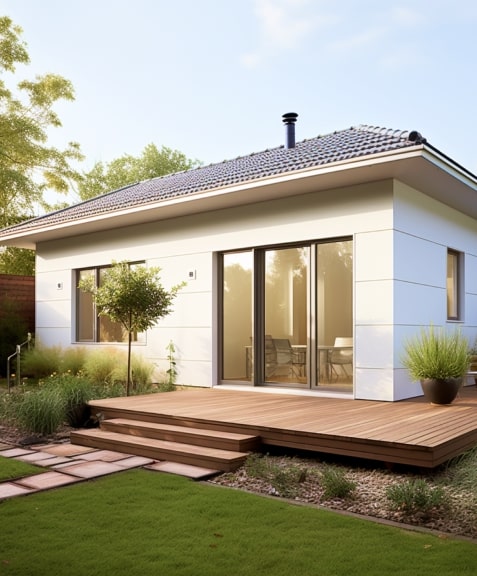
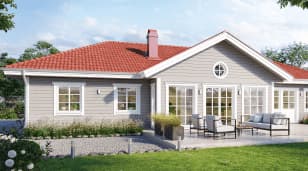
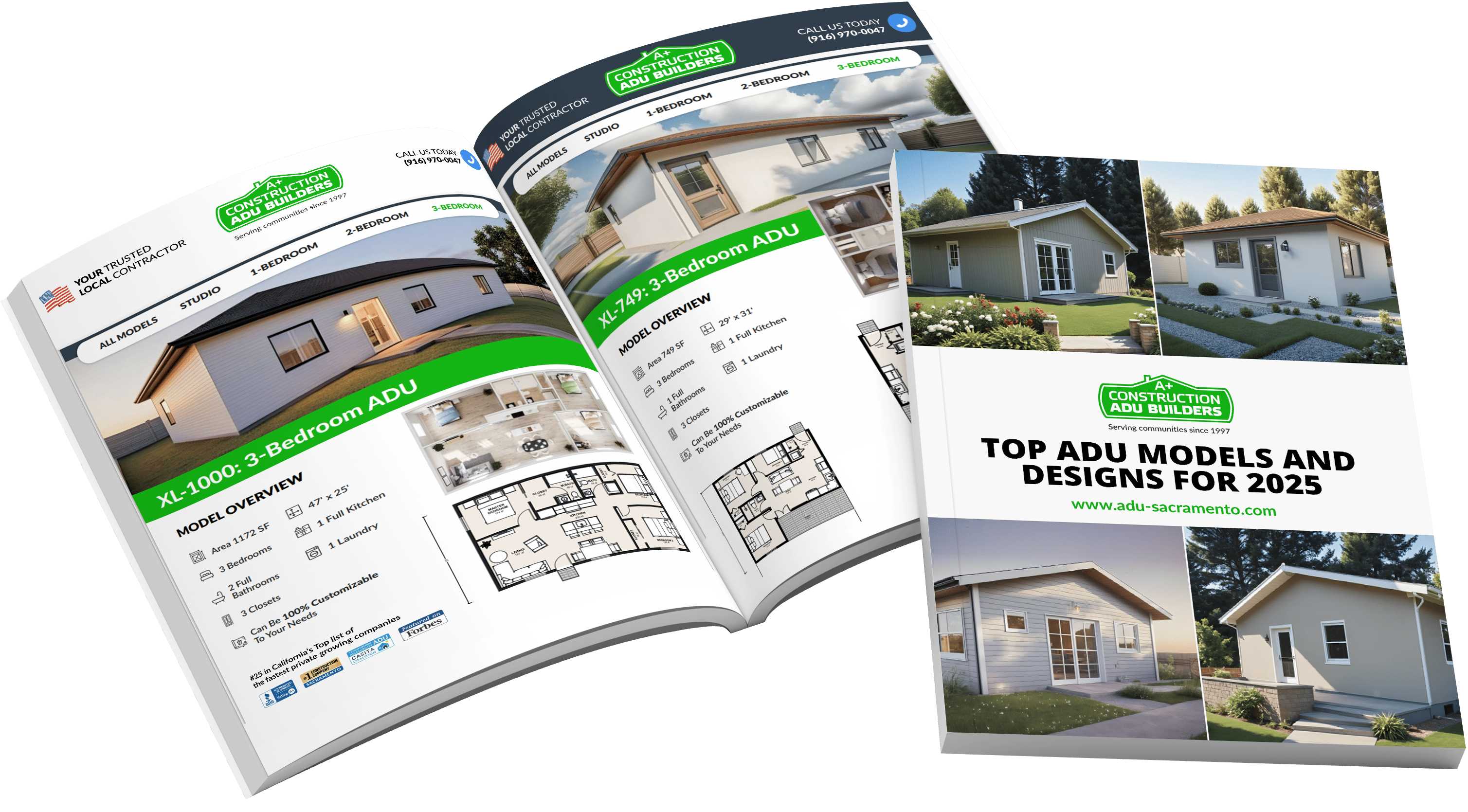

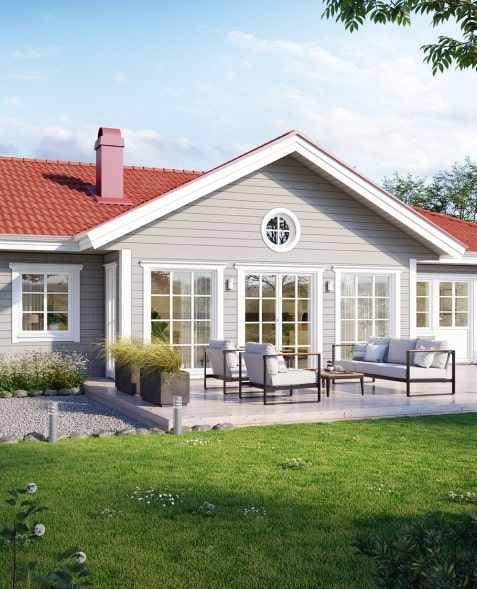
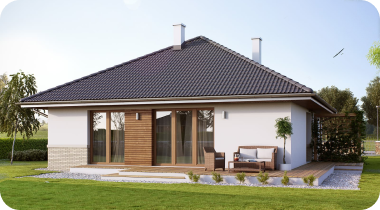
A link to download your FREE brochure will be in your inbox in 3 minutes
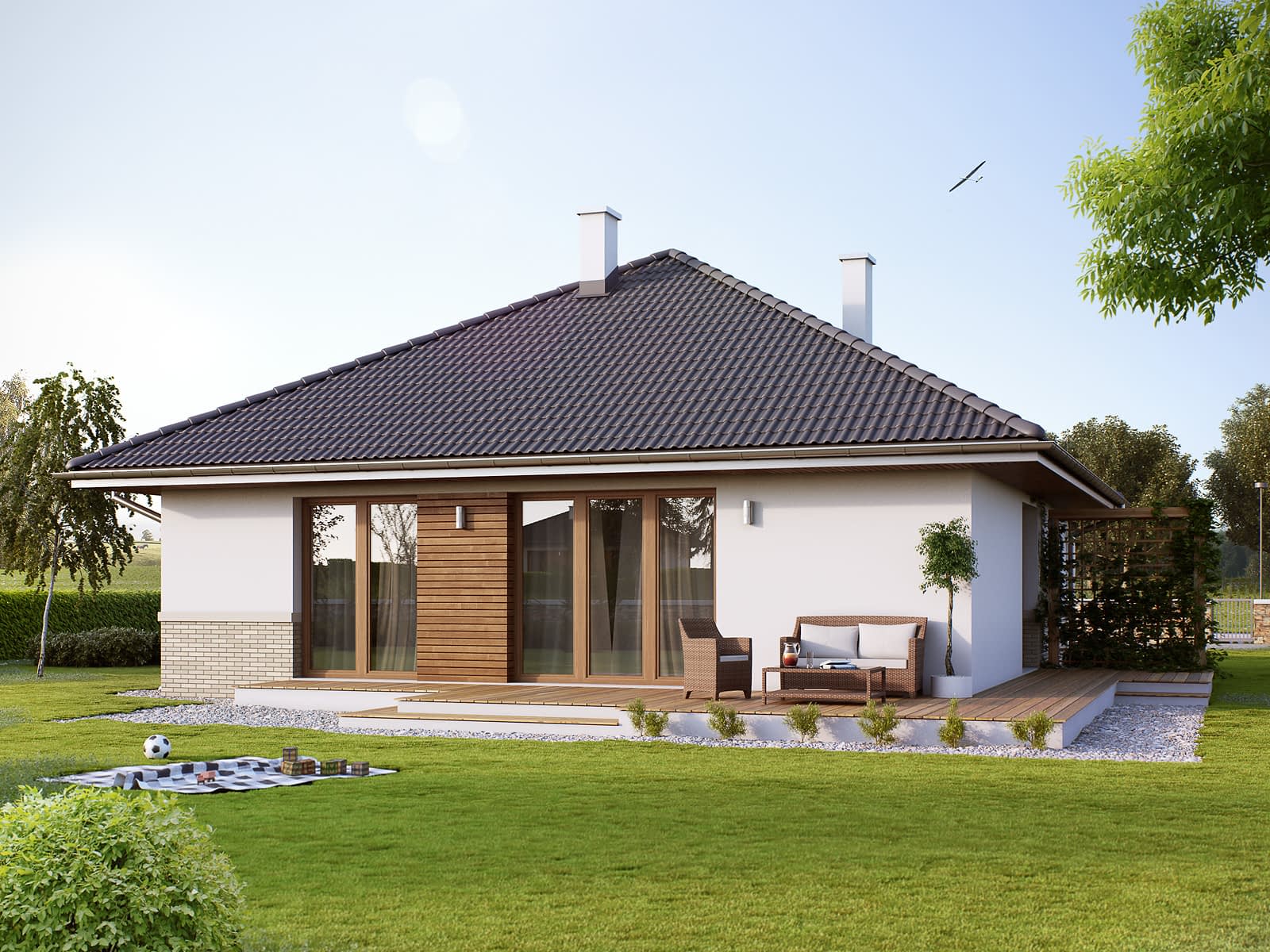





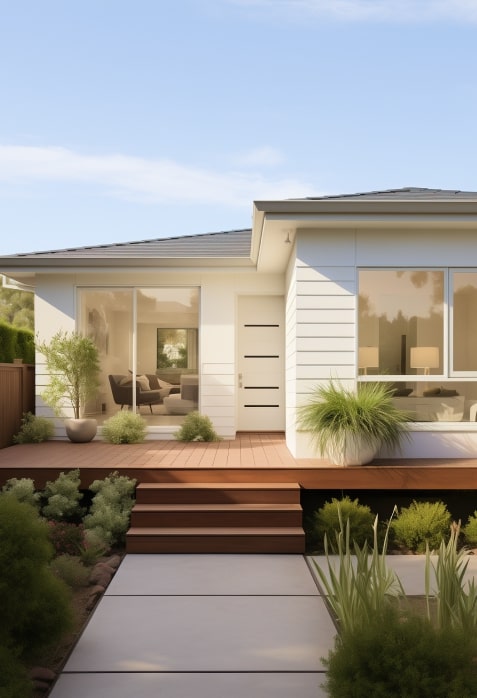
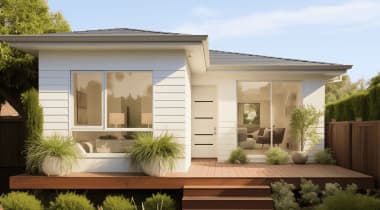











The final price may vary based on project specifics.
To get a free accurate quote tailored to your needs, book a consultation with us today!

The price per square foot provided is an average and may vary depending on project-specific details such as materials, location, complexity, and other factors. Actual costs may differ from the average provided.
It is recommended to obtain a detailed quote based on the specific requirements of your project.

Please note that the monthly payment displayed on this page is an estimate and is subject to variation based on the selected loan product, applicants credit score, loan amount, and other financial details. Actual monthly payment may differ from the estimate provided.
It is recommended to seek advice from a financial advisor or loan officer to obtain precise payment information tailored to individual circumstances.
 Your Trusted
Local Contractor
Your Trusted
Local Contractor
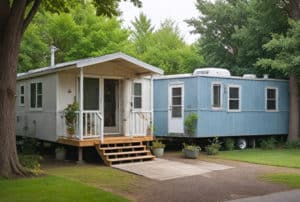 The debate between tiny homes and mobile homes has become increasingly relevant as both housing options have gained popularity in recent years. These alternatives to traditional homes offer unique advantages and challenges, making them attractive to individuals seeking affordable, sustainable, or unconventional living spaces.
The debate between tiny homes and mobile homes has become increasingly relevant as both housing options have gained popularity in recent years. These alternatives to traditional homes offer unique advantages and challenges, making them attractive to individuals seeking affordable, sustainable, or unconventional living spaces.
This guide explores the key differences between tiny homes and mobile homes, examining factors such as cost, size, mobility, and environmental sustainability, to help you decide which option best suits your needs.
A tiny home is a compact dwelling, typically between 100 and 400 square feet, designed to offer a minimalist lifestyle with reduced reliance on fewer resources compared to a typical home.
A mobile home, also known as a manufactured home, is a prefabricated dwelling built off-site in a factory and transported to its permanent location. Mobile homes range in size from 480 to over 3,600 square feet, making them suitable for larger families and those needing more living space.

No. While both are alternatives to traditional homes, they differ significantly in size, mobility, cost, and regulations. Tiny homes are smaller and more mobile, while mobile homes offer more space and are typically stationary.
Mobile homes are generally more affordable when considering cost per square foot, while tiny homes tend to have higher upfront costs but may save money on utilities and maintenance over time.
Tiny homes can work for small families but may feel cramped due to less space and limited storage space. Mobile homes are a better choice for larger families.
Tiny homes can be parked in RV parks, private land, or zoning-approved locations. Mobile homes require dedicated plots with utility connections.
The choice between a tiny home vs. mobile home depends on your lifestyle, budget, and priorities. If you’re seeking a nomadic lifestyle with eco-friendly features and a smaller footprint, a tiny home is the way to go. However, if you value more space, affordability, and convenience for larger families, a mobile home may be the better fit.
Both options offer unique benefits, making them attractive alternatives to a traditional house. By understanding the key differences and assessing your needs, you can make an informed decision that suits your vision of homeownership.
Get a First Look at Real ADU Projects